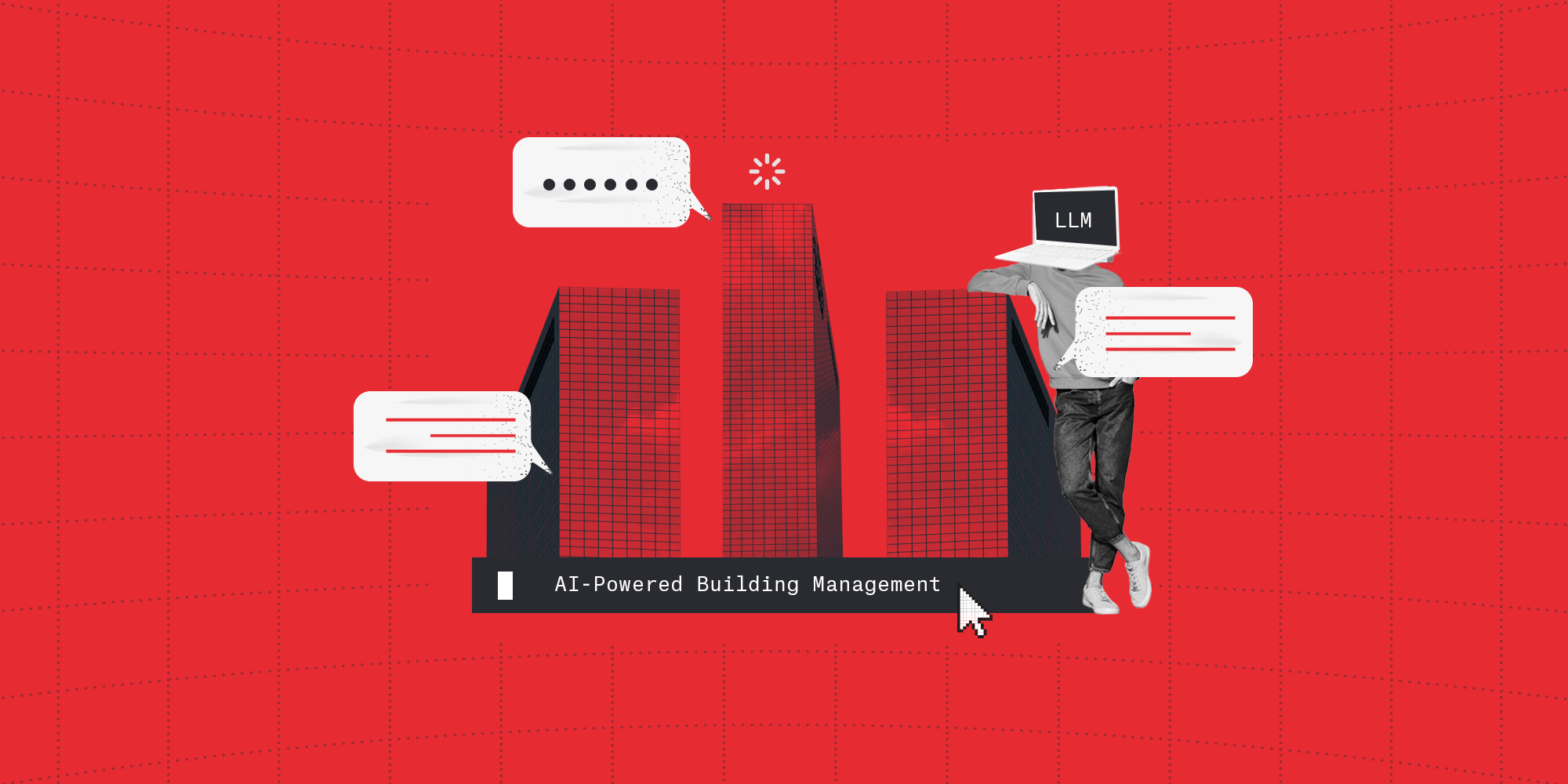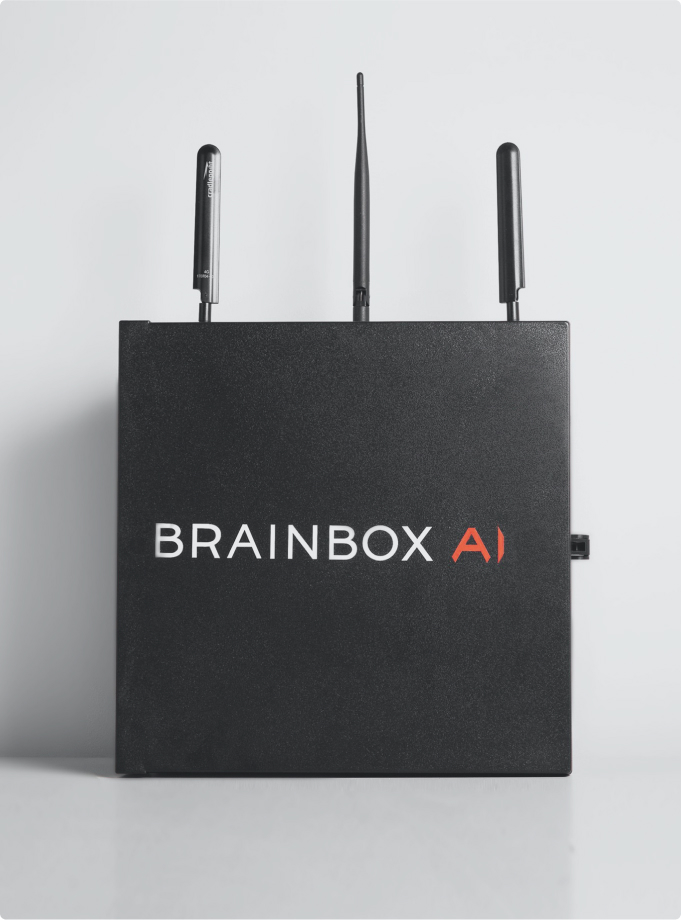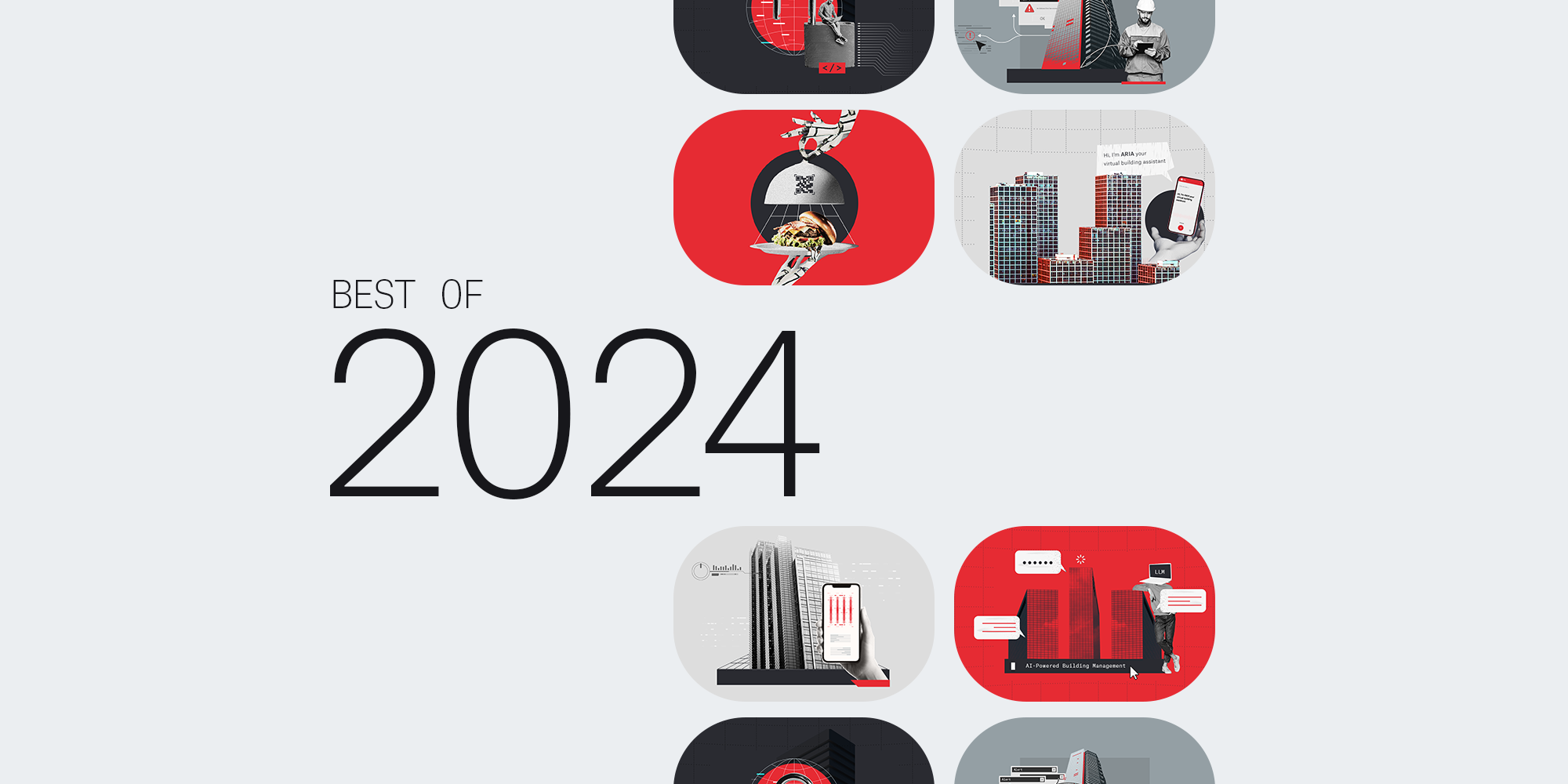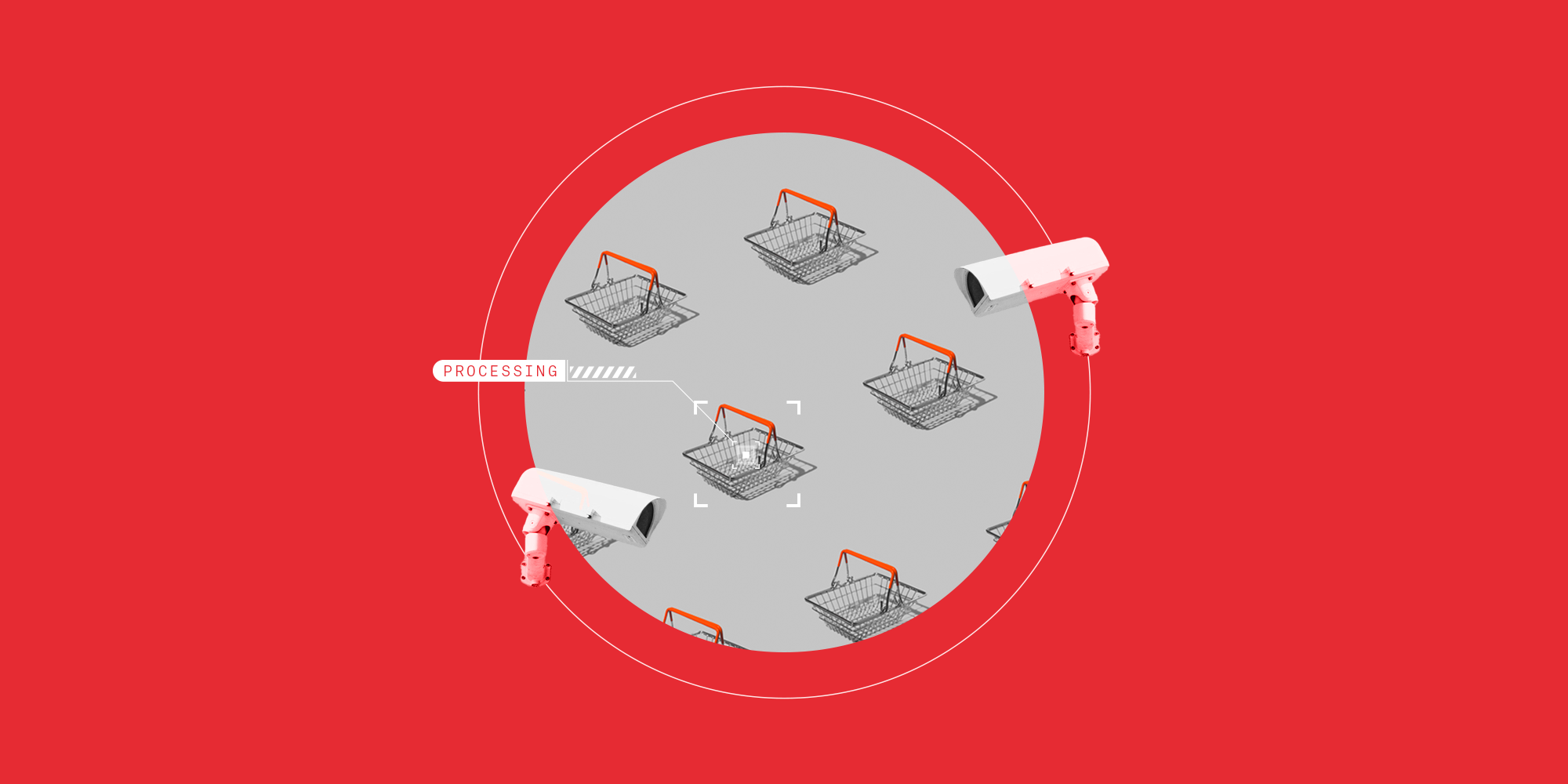How LLMs are revolutionizing building management

Key takeaways
- LLMs offer a new approach to building management, streamlining operations and maintenance for efficiency and sustainability.
- By leveraging transfer learning, LLMs adapt to provide customized solutions for complex building management challenges.
- Combined with energy optimization technology, LLMs can help FMs make faster, smarter decisions.
- Overcoming data privacy and security concerns is crucial for successful LLM integration in building management systems.
- The evolution of LLMs signals a rapid advancement in technology, promising a more intelligent and sustainable future for real estate management.
Author
Jean-Simon Venne
Co-Founder & Chief Executive Officer, BrainBox AI
The emergence of Large Language Models (LLMs) like ChatGPT has been dubbed the new industrial revolution. This is no understatement. In the same way that family farms gave way to larger, machine-driven manufacturing, generative AI is changing the shape of almost every industry.
This includes real estate and, more specifically, day-to-day building management – where LLMs are promising to help facilities managers by simplifying and streamlining how their buildings are operated, maintained, and optimized.
A brief introduction to LLMs
At its core, a large language model is a machine-learning tool that recognizes and recreates human language using deep neural networks. Its main function is to make an educated guess as to which word will come next based on the preceding text. It’s a bit like filling in the blank. For example, the probability of the next word being “blue” when given the words: "the sky is ____" is highly likely, whereas “fish” would be somewhat less likely.
Fed enough text, the tool becomes really good at spotting patterns in how words are used. And, once it's learned enough, we can tweak it to do things such as become an expert in specific areas like contract law or how to craft HR-level responses to tricky clients. This tweaking process is called “transfer learning”, meaning the tool uses what it’s learned from one thing to get better at another. Transfer learning is what makes LLMs incredibly versatile tools for the customization and automation of both mundane and complex tasks.
It’s easy to see, then, how LLMs could be the key to seamless facilities management, helping to alleviate chronic issues like understaffing, energy optimization, the organization of work orders, and a lack of prescriptive insights.
Building management: How LLMs can help
As we know, traditional building management practices are full of challenges - from energy inefficiency and maintenance issues to operational bottlenecks. But, with buildings accounting for nearly 40% of global CO2 emissions, there’s increasing pressure to find smarter, more sustainable management solutions. In this light, LLMs seem to have burst onto the scene at an opportune time, offering an entirely new and more informed way to manage buildings.
For example, when enriched with the right building data and external information, LLMs can help building managers make faster, more accurate and informed decisions about their buildings’ energy consumption. They can provide high-level (or more in-depth) insights – including easy-to-digest, shareable visuals, graphs, and reports detailing energy consumption and emissions across portfolios and timelines, revealing historical trends and forecasts.
In fact, LLMs can even send alerts about equipment issues and failures before they occur, scheduling maintenance and avoiding costly downtime. This is an especially big draw for facilities managers, 67.4% of whom place preventative maintenance at the top of their building maintenance solution wish list.
Overcoming challenges: Adopting LLMs in building management
But despite the promising potential of LLMs in building management, challenges such as data privacy and security remain. Successfully integrating LLM technology requires a careful, thought-out approach to data handling and system security. Building managers and facilities directors looking to adopt LLM technology must prioritize these concerns, ensuring that the systems they employ are both effective and secure. That’s why it’s always a good idea to verify whether any LLM you’re considering is responsibly built, trained, and deployed – preferably using a reputable third-party service like AWS Bedrock.
For those still weary of integrating LLM features into their building management strategies, some good advice would be to start out small. Perhaps begin with pilot projects to demonstrate the value of a new feature, ensuring that you partner with LLM-offering companies that have robust credentials, like being members of ASHRAE and possessing up-to-date SOC 2 certifications.
The future of building management with LLMs
As weary as some may be about using LLMs, what many don’t know is that 1. They're growing faster than anyone could have anticipated, and 2. They weren’t simply invented last year with the rise of ChatGPT.
In fact, the first chatbot (previously “chatterbot”), Eliza, was born in 1966 to MIT researcher Joseph Weizenbaum. Eliza marked the beginning of research into natural language processing (NLP), which provided the foundation for future, more complex LLMs. But where early artificial neural networks required perhaps hundreds of thousands of operations for training (steps required to train the model), today’s GPT4 (by OpenAI) now demands around 21 septillion operations for training.
And this is just the beginning.
With the landscape of the tech world changing so rapidly, it’s highly unlikely that any sector will remain untouched by it - including notoriously slow tech adopters like real estate. In fact, since the emergence of generative AI in 2021, corporate investment volumes totalled over US$3.5 billion through October of 2023. That’s because investors can see the significant impact that this technology can have on the way buildings operate - and building owners and managers can see how it offers a more seamless, sustainable, and intelligent future for their buildings.














